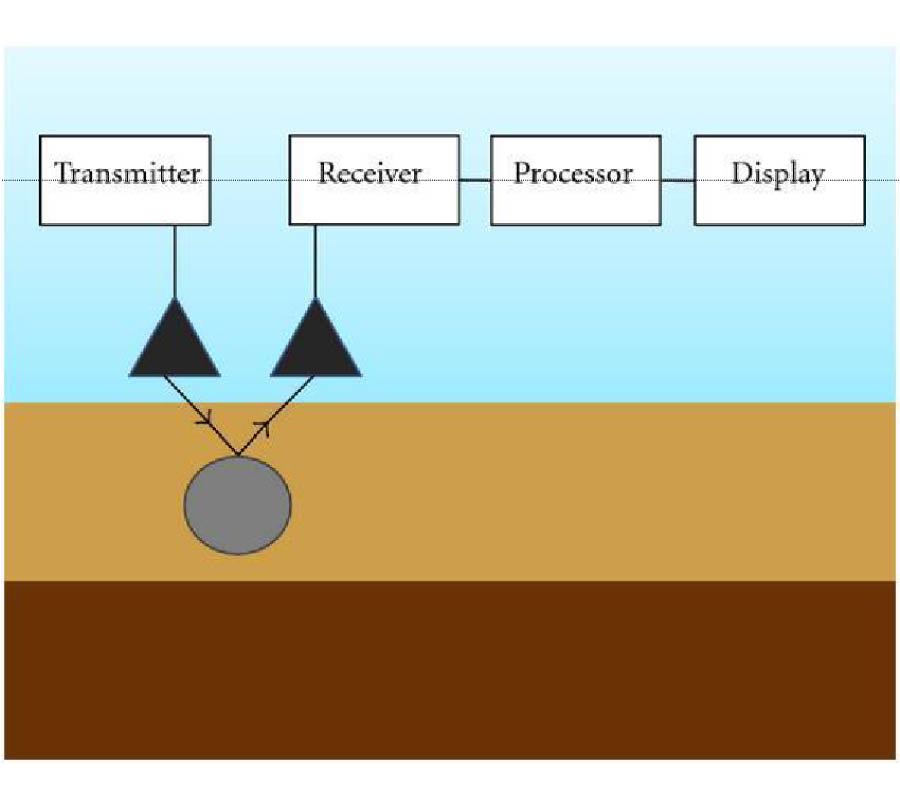School of Engineering
London South Bank University
United Kingdom
Homepage1. Ji, G., X. Gao, H. Zhang, and T. Gulliver, "Subsurface object detection using UWB ground penetrating radar," IEEE Pacific Rim Conference on Communications, Computers and Signal Processing, Victoria, Canada, 2009.
2. Irving, J. and R. Knight, "Numerical modeling of ground-penetrating radar in 2-D using MATLAB," Journal of Computers & Geosicences, Vol. 33, 1247-1258, 2006.
doi:10.1016/j.cageo.2005.11.006
3. Colla, C., D. McCann, and M. Forde, "Radar testing of a masonry composite structure with sand and water backfill," Journal of Bridge Engineering, Vol. 6, No. 4, 262-270, 2001.
doi:10.1061/(ASCE)1084-0702(2001)6:4(262)
4. Diamanti, N., A. Giannopoulos, and M. C. Forde, "Numerical modelling and experimental verification of GPR to investigate ring separation in brick masonry arch bridges," NDT & E International, Vol. 41, No. 5, 354-363, 2008.
doi:10.1016/j.ndteint.2008.01.006
5. Bergmann, T. and K. Holliger, "Numerical modeling of borehole georadar data," Journal of Geophysics, Vol. 67, No. 4, 1249-1257, 2002.
doi:10.1190/1.1500387
6. Benedetto, A., "Water content evaluation in unsaturated soil using GPR signal analysis in the frequency domain," Journal of Applied Geophysics, Vol. 71, No. 1, 26-35, 2010.
doi:10.1016/j.jappgeo.2010.03.001
7. Balanis, C., Antenna Theory: Analysis and Design, John Wiley and Sons, Inc., New York, 2005.
8. Jin, J., The Finite Element Method in Electromagnetics, 2nd Ed., Wiley-IEEE Press, 2002.
9. Seyfi, L. and E. Yaldz, "A simulator based on energy-efficient GPR algorithm modified for the scanning of all types of regions," Turkish Journal of Electrical Engineering and Computer Sciences, Vol. 20, No. 3, 381-389, 2010.
10. Giannopoulos, A., "Modelling ground penetrating radar by GprMax," Journal of Construction and Building Materials, Vol. 19, 755-762, 2005.
doi:10.1016/j.conbuildmat.2005.06.007
11. Perez-Gracia, V., D. Capua, R. Gonzalez-Drig, and L. Pujades, "Laboratory characterization of a GPR antenna for high-resolution testing: Radiation pattern and vertical resolution," NDT & E International, Vol. 42, 336-344, 2009.
doi:10.1016/j.ndteint.2008.12.007
12. Malhotra, V. and N. Carino, Nondestructive Testing of Concrete, CRC Press, Florida, 2004.
13. Baker, G., S. Jordon, and J. T. Pardy, "An Introduction to ground penetrating radar (GPR)," The Geological Society of America (Special Paper), Vol. 432, No. 2, 2007.
14. Binda, L., A. Saisi, C. Tiraboschi, S. Valle, C. Colla, and M. Forde, "Application of sonic and radar tests on the piers and walls of the Cathedral of Noto," Journal of Construction and Building Materials, Vol. 17, No. 8, 613-627, 2003.
doi:10.1016/S0950-0618(03)00056-4
15. Sullivan, D. M., Electromagnetic Simulation Using the FDTD Method, John Wiley & Sons, New Jersey, 2013.
doi:10.1002/9781118646700

